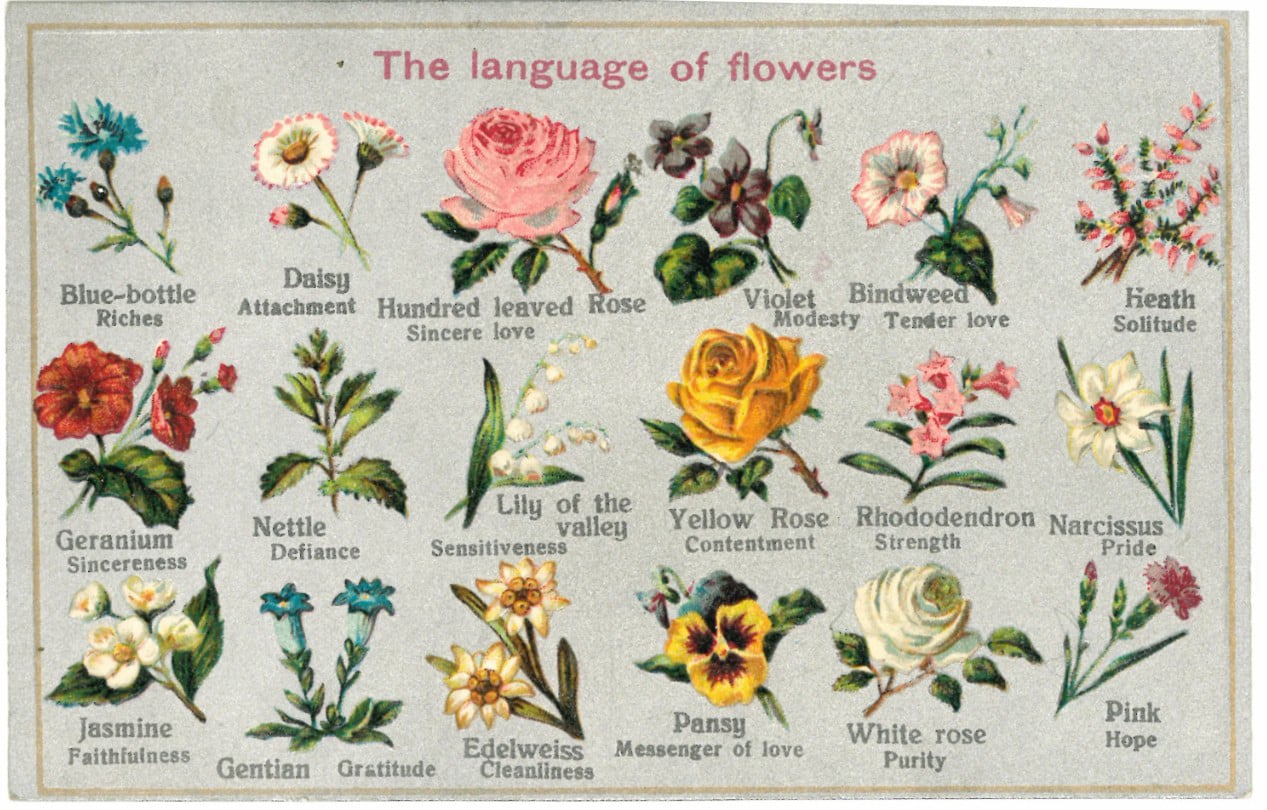
The Silent Language of Flowers: A Brief History of Floriography
In Victorian England, where social constraints limited emotional expression, flowers became a clandestine language. Known as floriography, this coded system assigned meanings to blooms, allowing people to convey sentiments they couldn’t speak aloud. A red rose declared love, while a yellow carnation signaled disdain. Even the manner of giving mattered—a bouquet handed upside down reversed its intended message.
This tradition wasn’t invented in the 19th century, though. Ancient cultures, from the Greeks to the Persians, wove floral symbolism into myths and rituals. The lotus in Egyptian art represented rebirth, while peonies in Chinese culture symbolized prosperity. These histories remind us that flowers have always been more than decorative—they’re storytellers.
Today, floriography influences modern floral design in subtle ways. Brides carry white lilies for purity, while sympathy arrangements lean toward white chrysanthemums for truth. By understanding these meanings, we infuse our arrangements with deeper intention.
Want to experiment? Try crafting a bouquet that "speaks"—perhaps lavender for devotion, ivy for fidelity, and a single ranunculus for radiant charm. The language of flowers is a quiet art, but its poetry resonates across centuries.